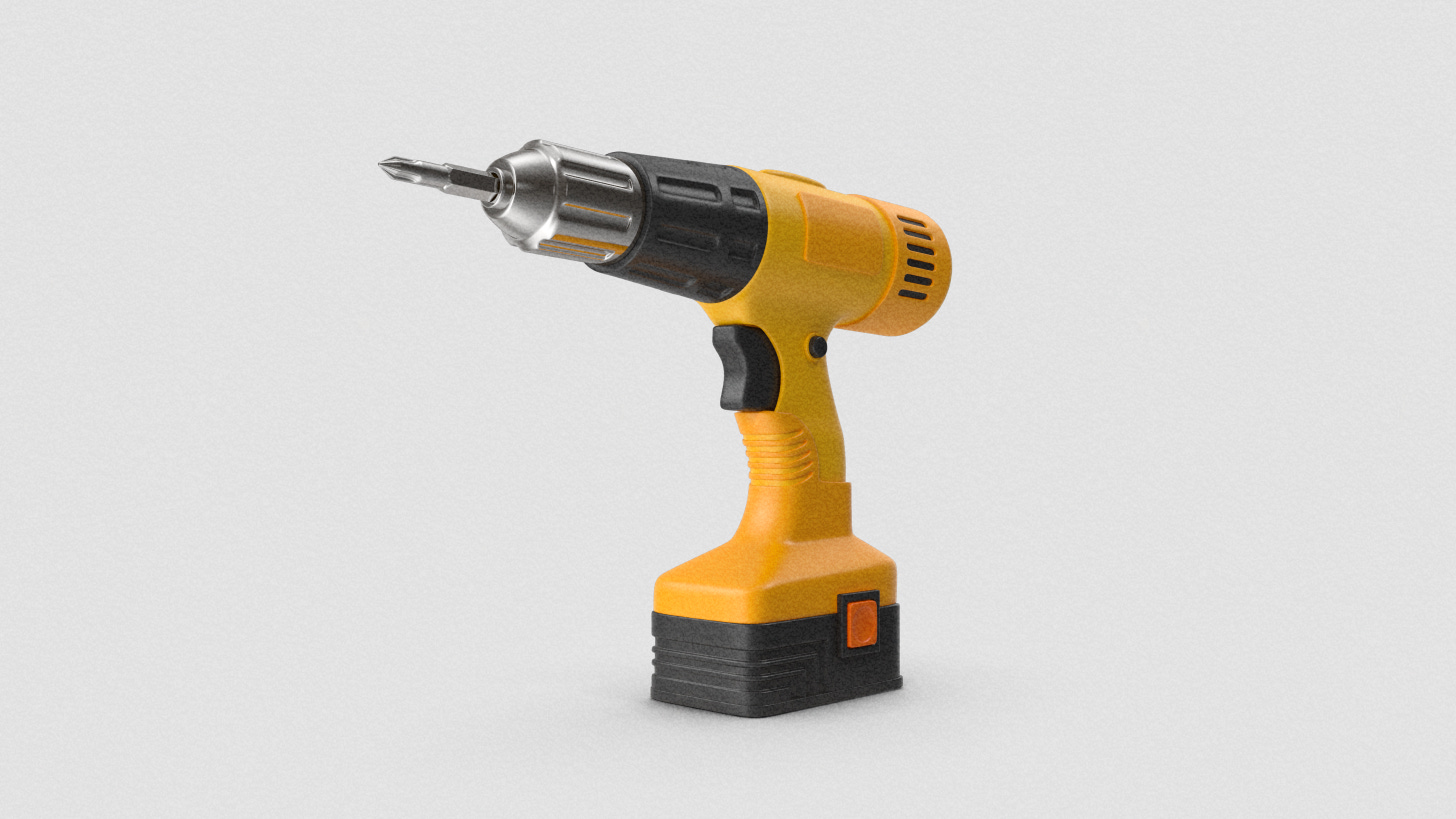Jobs to Be Done (JTBD)
Design for the job, not just the user.
We often design things around who the user is—demographics, titles, personas.
But people don’t care about your product.
They care about getting something done.
What if you designed around the job your product is hired to do?
That’s the heart of the Jobs to Be Done (JTBD) framework.
JTBD says:
“People don’t buy products. They hire them to solve a problem.”
Here’s how it shifts your thinking:
It focuses on outcomes, not just features.
It uncovers real motivations behind choices.
It reveals unexpected competitors you didn’t realise you had. (E.g. someone wanting silence might be competing with listening to your podcast.)
It helps teams prioritise based on usefulness, not just trends.
So how do you use it?
Start by asking this question:
“What job is the customer hiring this product (or feature, or service) to do?”
To figure that out, talk to real users—or think through the real-world situation they’re in.
Then identify their functional, emotional, and social needs.
You’re not just looking for what they do. You’re looking for what they’re trying to achieve.
Example:
No one wants a drill.
They want a hole in the wall.
More specifically—they want a shelf mounted so their living room feels finished before guests arrive.
That’s the job.
So your product isn’t “a drill.”
It’s “helping people feel proud of their space—fast, without stress.”
Design for that.
Bonus prompt:
If you’re not sure what job you’re solving for the user, try this fill-in-the-blank:
“When I [situation], I want to [motivation], so I can [outcome].”
This structure helps uncover the real reason someone is using your product or service.
Let’s say you’re building a scheduling tool for freelancers.
You might assume the job is simply “booking calls.”
But dig deeper with the prompt:
Freelancer: “When I’m managing multiple clients and projects, I want to quickly send my availability, so I can spend less time emailing and more time doing paid work.”
Now you’re not just designing a calendar.
You’re helping them spend less time coordinating, stay focused, and earn more.
That’s the job.


